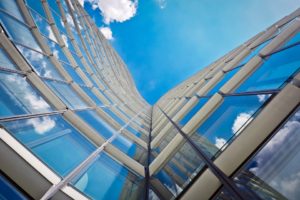We don’t know what’s in store for us tomorrow, but that doesn’t mean that we shouldn’t prepare for what may happen, today. You may never get into a car accident, but that doesn’t mean you shouldn’t wear your seatbelt; besides it being the law, you do it for safety purposes and for the potential unknown.
When it comes to the design and development of large structures, being able to ‘future proof’ them is rather important; storms and other natural disasters have only proven to be getting worse as time goes on. “When construction professionals consider the challenges we may encounter in the coming decades the question of what we need to do to effectively “future-proof” our buildings will inevitably enter the equation. Updating and renovating buildings as standards, use and technology change carries costs. Designs that anticipate and mitigate those future costs are more valuable. Windows and doors are important in any consideration of future-proofing. For instance, today domestic and commercial consumers are generally more cognizant of issues like energy efficiency, safety, quality and sustainability than they were even a few decades ago. Fenestration components in buildings are also seen now to represent a fundamental and vital connection with the outdoors, which consumers value. They are a complex element of the building envelope.”
Whether you’re building a large structure to be used by hundreds or thousands of people, or something that is of much smaller scale the idea of future proofing and making careful selections of certain elements being used (especially glass) during the construction process, is worth some thoughtful consideration.
